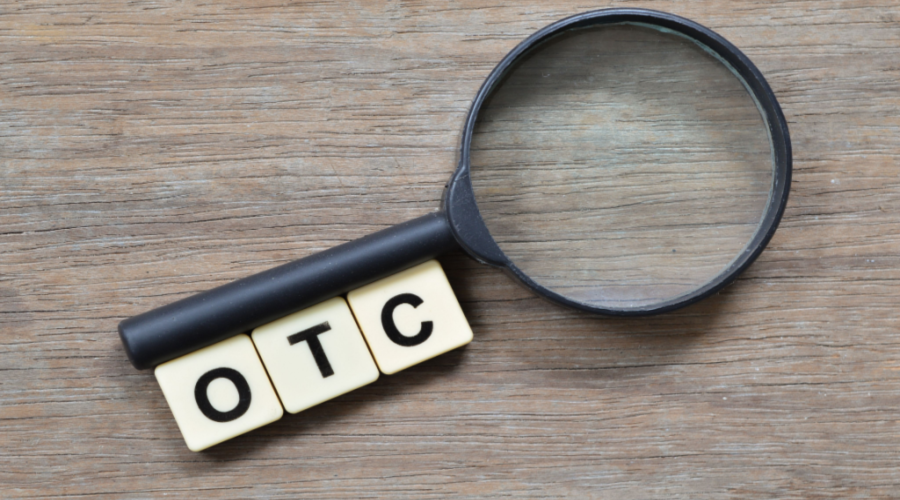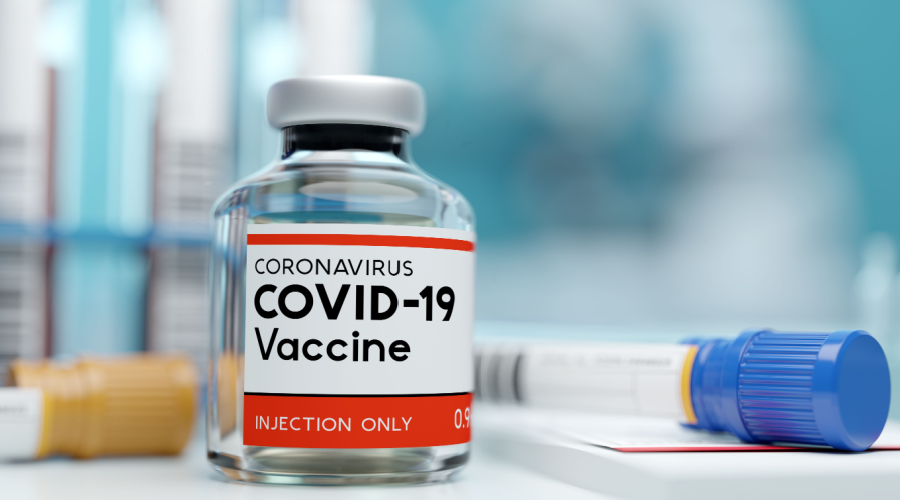Pricing OTC products can be challenging. When you’re working with multiple suppliers, it can take a lot of time. Because of this, numerous community pharmacists make it easy by simply stocking the products on their shelves at the vendors’ suggested pricing.
A chain store may be selling an OTC product for $20, while you’re selling the same product for $25. You may worry that your price is too high, but it isn’t.
Taking the right approach to independent-pharmacy retail pricing will help steer you toward increased profitability. Here are some tips that offer you some options on how to price your OTC products in your pharmacy:
Don’t underestimate the front end
While most of your sales come from behind the counter, don’t forget about the importance of the front end. You dole out a lot of money for that space in terms of rent, payroll, marketing, and so on. If you don’t have a plan to recoup those expenses or make a profit, now’s the time. Remember that OTC products can make quick cash without the hassles of insurance reimbursement. Take advantage of it!
Keep an eye on your competition
You can’t realistically set front-end prices in your own pharmacy until you know and understand what’s being sold by your competitors, along with their estimated margins. What you can do is send one of your technicians out as a secret shopper to your direct competitors within a three-mile radius of your store. Do this at least once per quarter to record pricing on their OTC generics and brand-name medications.
By looking at just a few items within a category, such as acetaminophen/Tylenol, you’ll gain a general sense of their pricing patterns. This information can be used to see where you stand price-wise in the marketplace.
Be cognizant of online pricing
It’s easy to search online for current product prices, but be forewarned: What you’re seeing is the lowest price offered in the market. Some of the larger stores buy their products by the truckload, so you won’t be able to meet that price.
Recruit an employee as the front-end monitor
Choose a trusted staff member to keep the front end clean and organized with products in the correct places. This employee should also be responsible for verifying the true purchasing cost of all OTC items. Have them compare incoming invoice pricing against product pricing in your point-of-sale system.
This duty–which shouldn’t take more than 30 minutes each day–can instantly find any POS data-entry errors. Plus, you’ll avoid having a product ring up with the wrong price.
Contact your wholesaler
If you’d rather outsource pricing activities, your wholesaler may have some programs to help with retail pricing for OTC products. Some wholesalers offer zone-pricing programs. These can analyze your location and surrounding businesses to set OTC prices at a percentage markup that’s appropriate for your type of store.
Your wholesaler is probably also tracking the latest trends in OTC products. If so, they can send pricing updates your way that you can upload to your POS to make instant changes across your entire front end.
Be ready for the seasons
Vendors know the peak times for seasonal product sales and are rearing and ready to help you with promotion. You can choose between planograms and special displays to properly stock about a month before the associated season begins. Be sure to make the most of the marketing dollars the vendors are spending on your behalf.
Regularly check your pricing
For front-end pricing strategies to work, every independent pharmacy must be vigilant about keeping up with them. Meet with your front-end monitor at least quarterly to evaluate how much product you’re selling and much margin you’re making. This will aid in identifying potential problems and being ready with potential remedies.
A Member-Owned Company Serving Independent Pharmacies
PBA Health is dedicated to helping independent pharmacies reach their full potential on the buy-side of their business. Founded and owned by pharmacists, PBA Health serves independent pharmacies with group purchasing services, wholesaler contract negotiations, proprietary purchasing tools, and more.
An HDA member, PBA Health operates its own NABP-accredited secondary wholesaler with more than 6,000 SKUs, including brands, generics, narcotics CII-CV, cold-storage products, and over-the-counter (OTC) products — offering the lowest prices in the secondary market.












